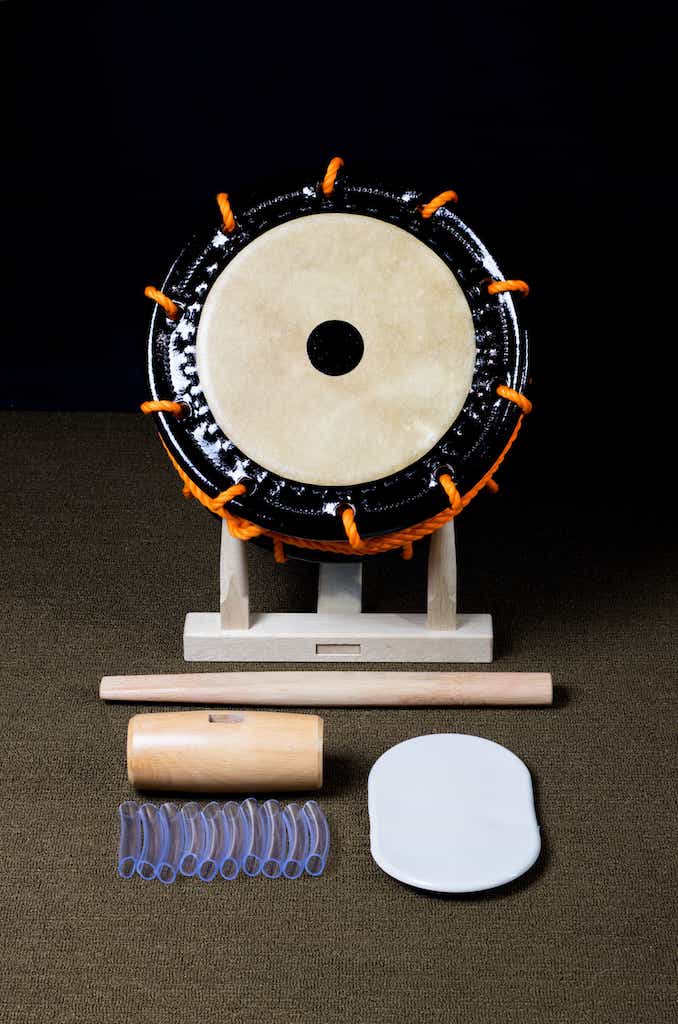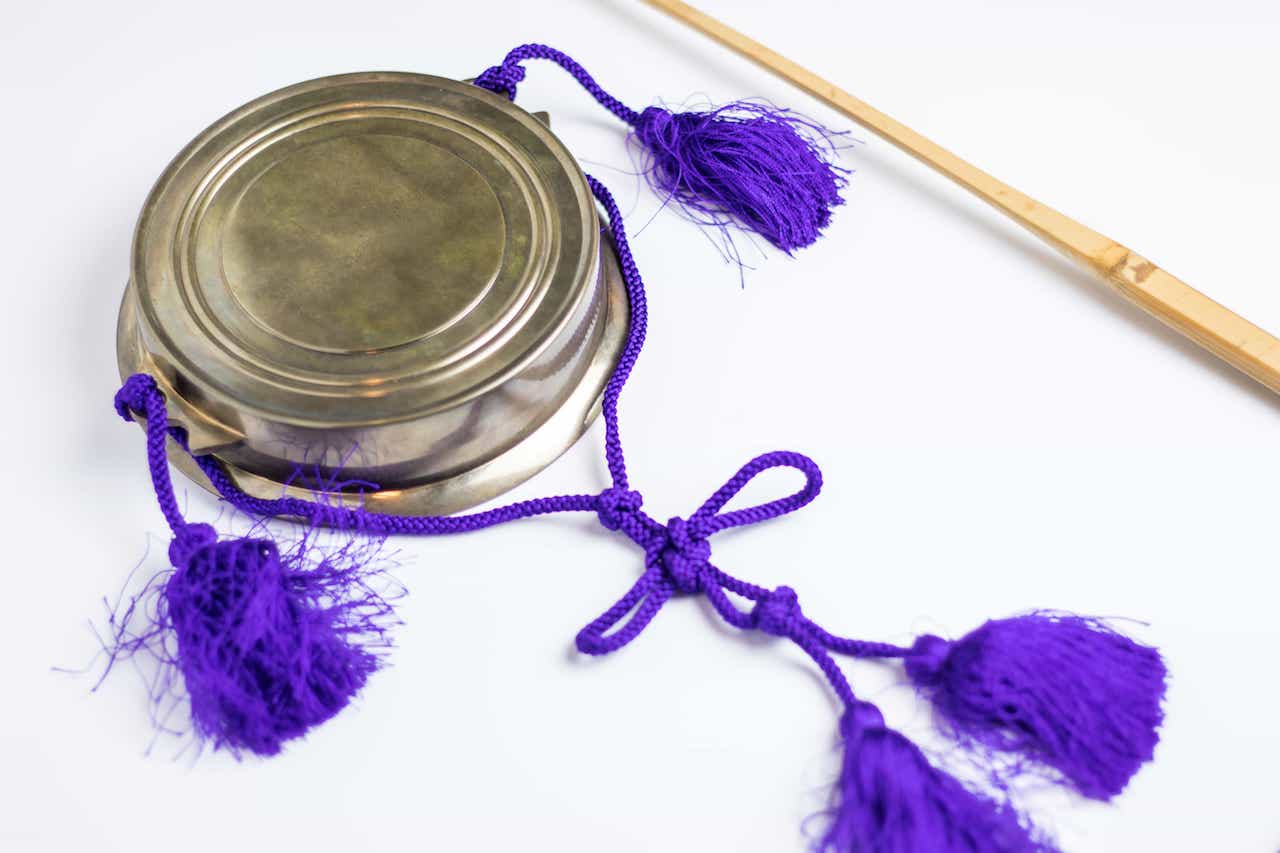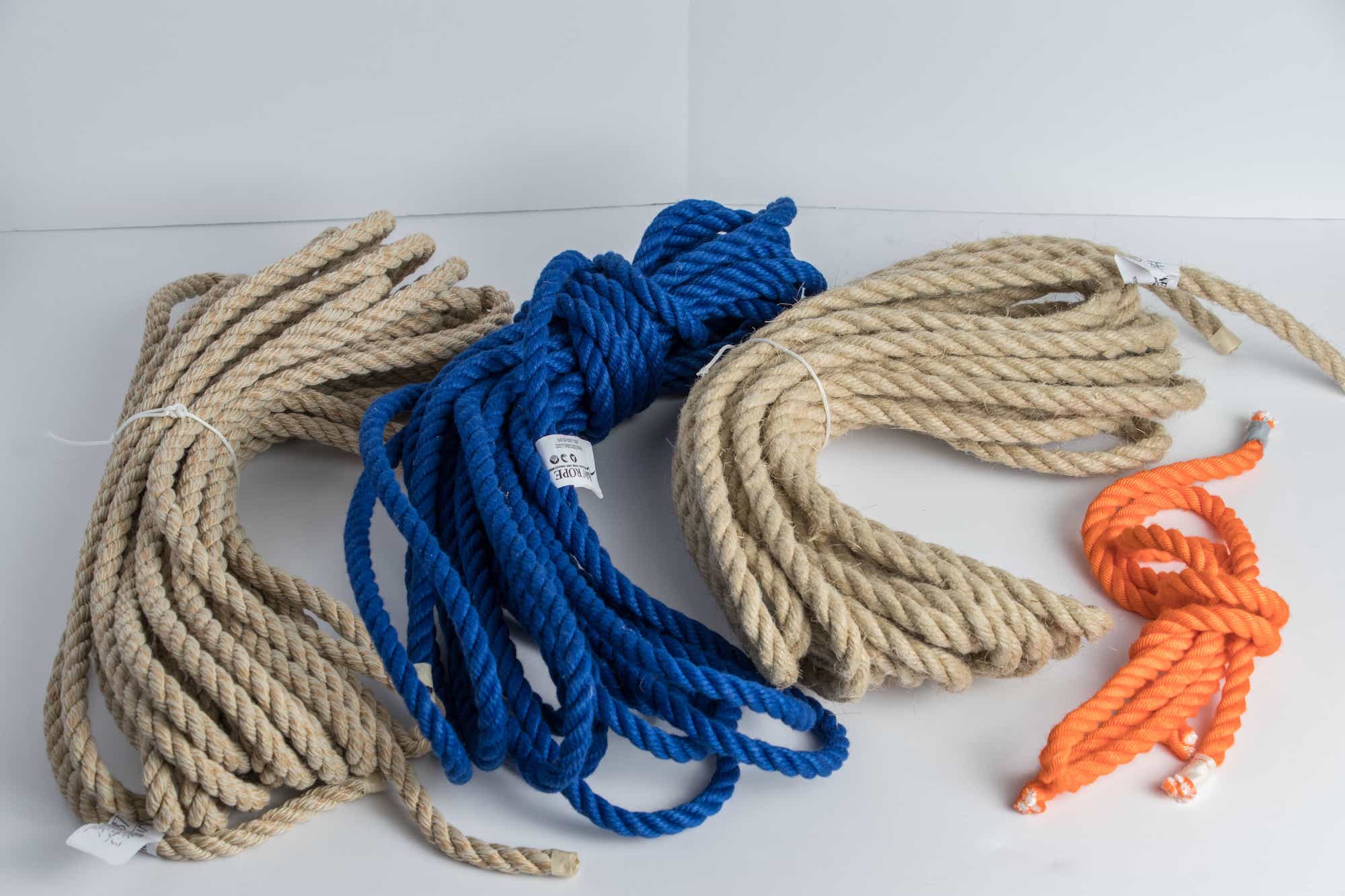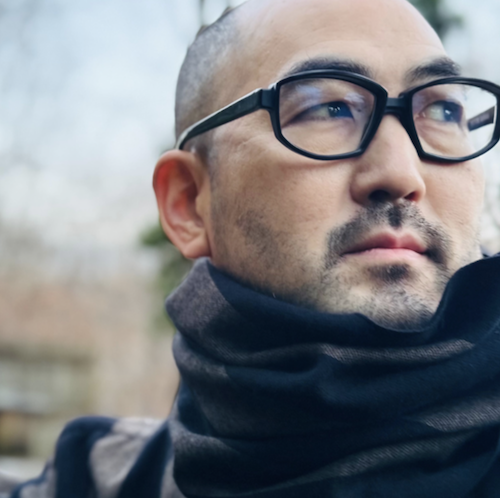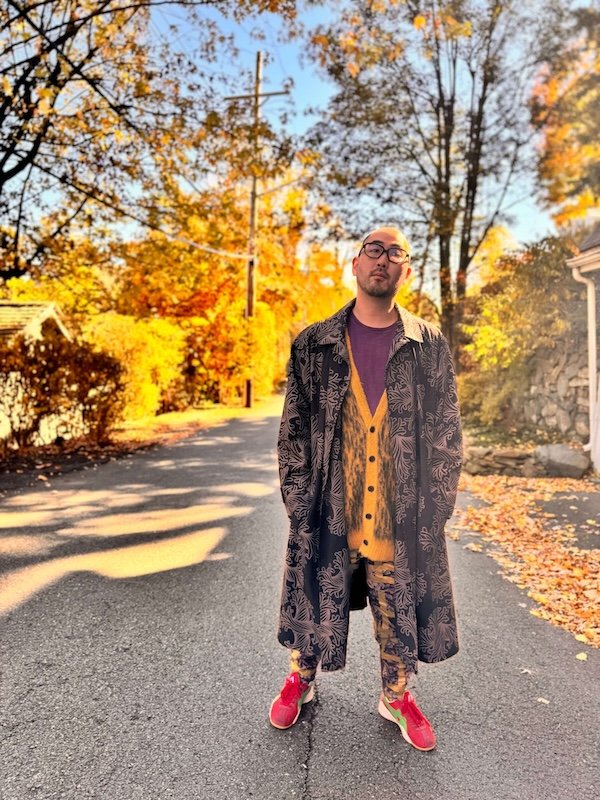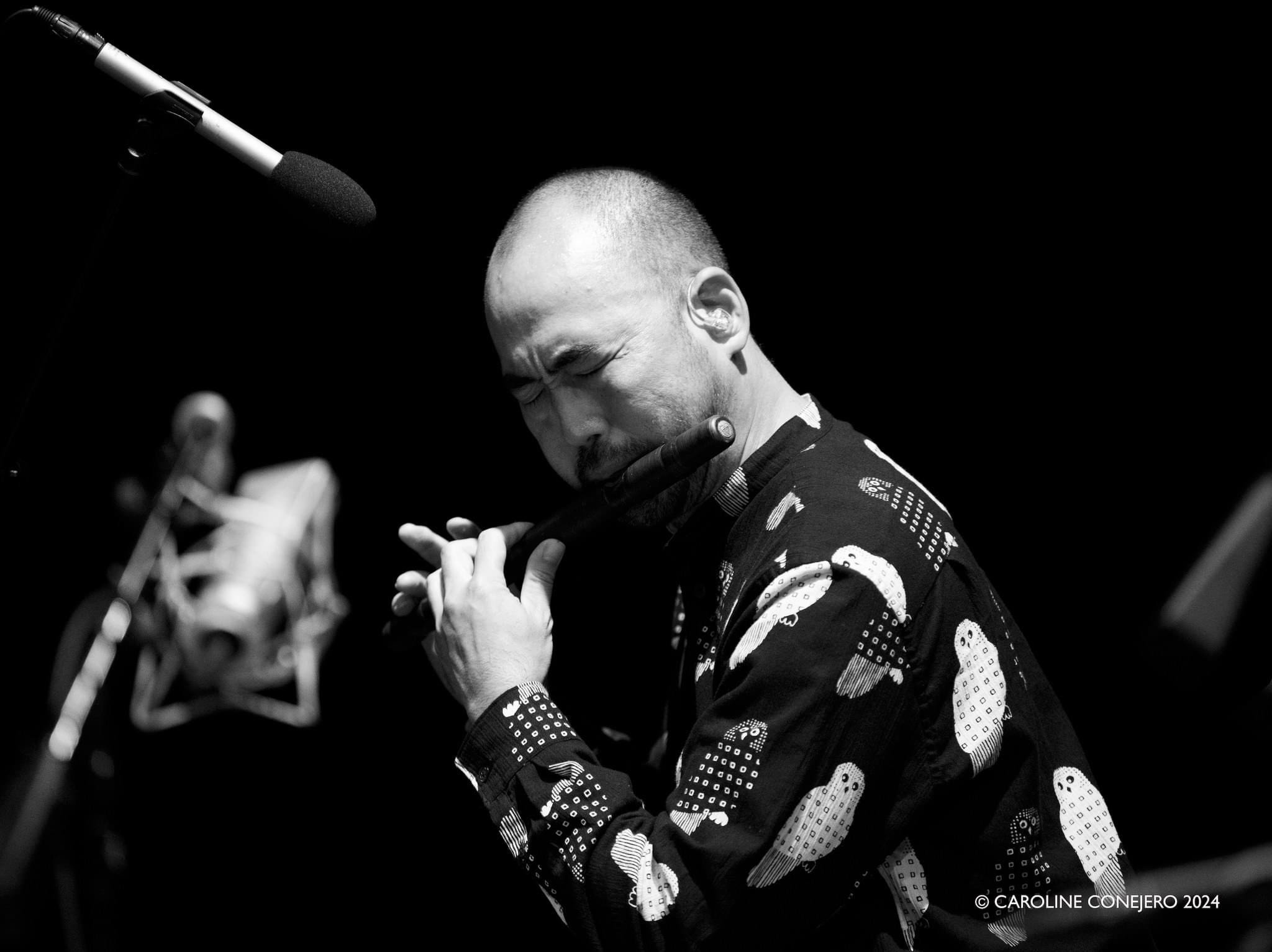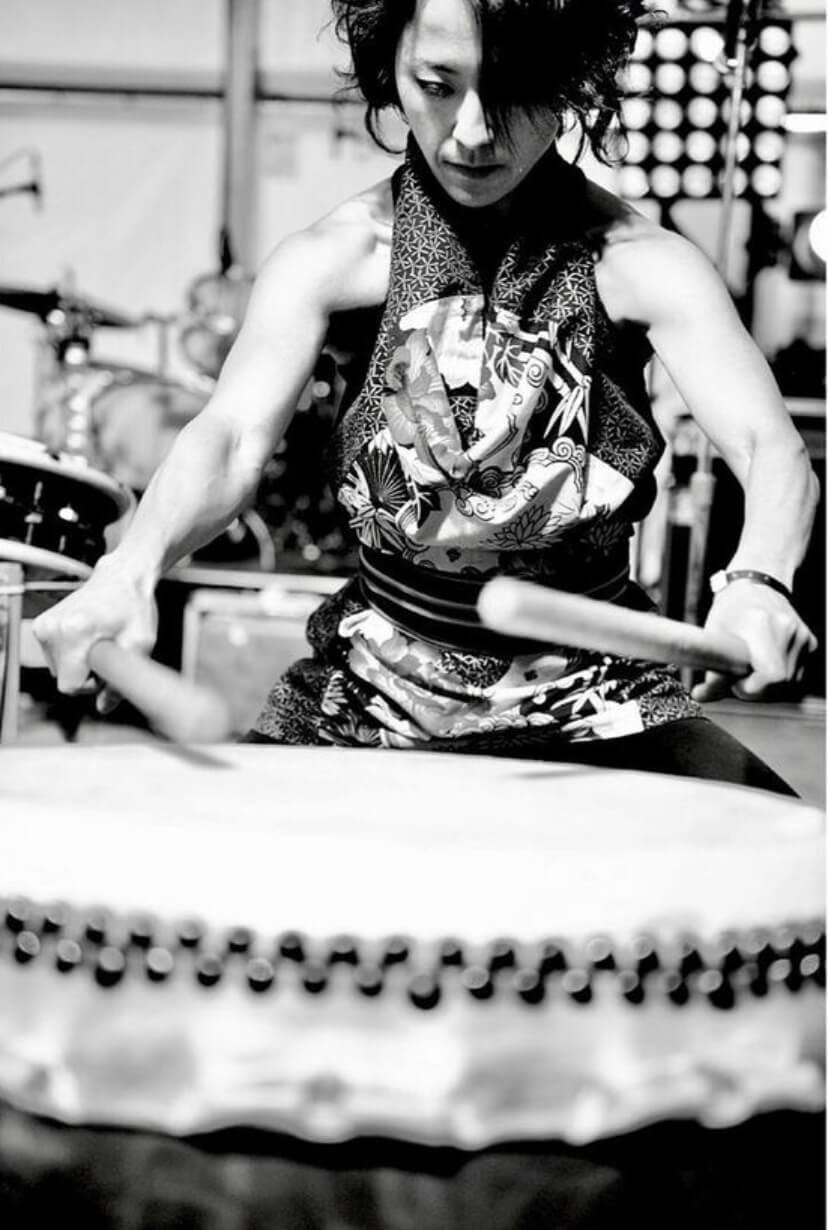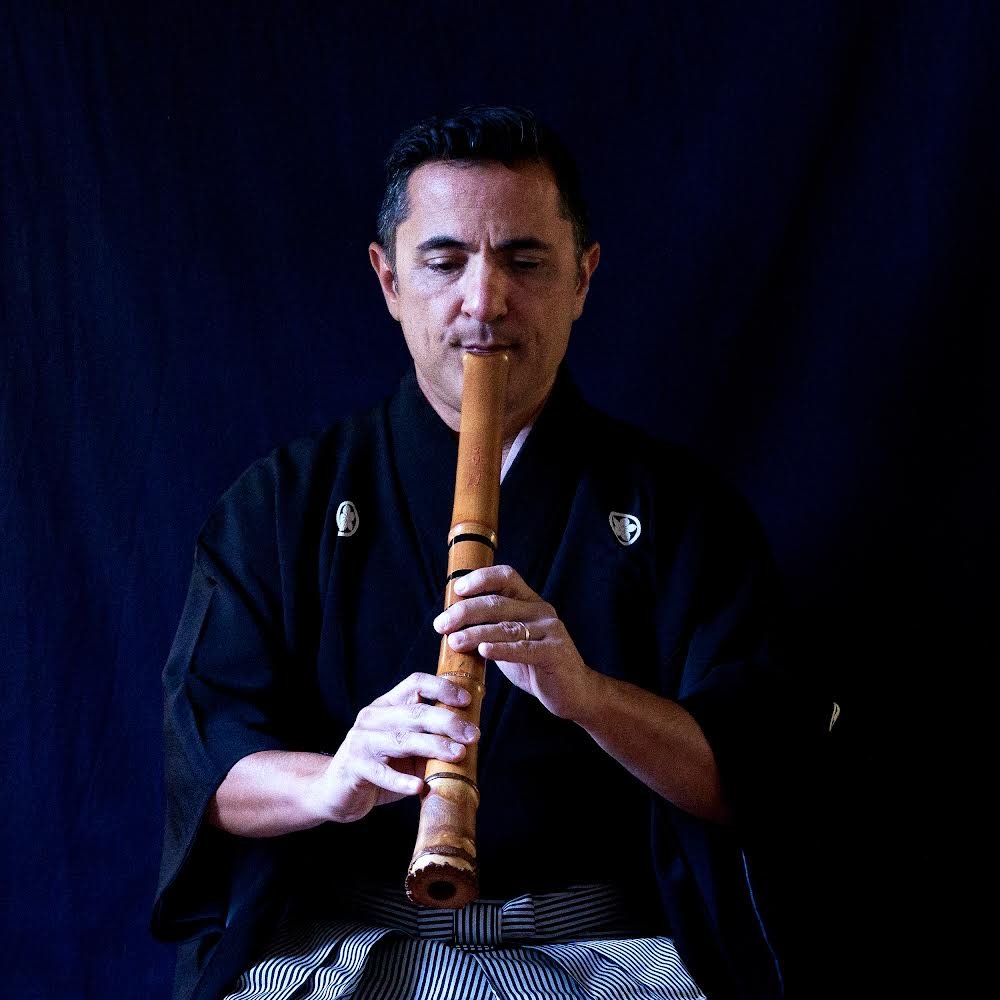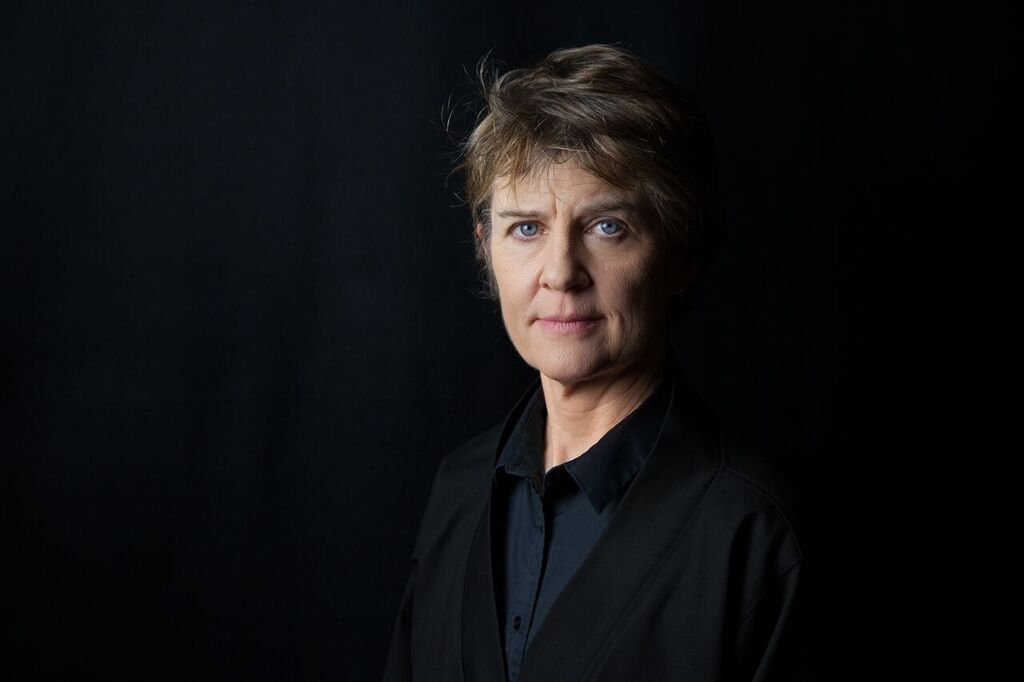Recap of performance and workshop tour in NorCal, May 2016
I had a wonderful time on the road in northern California last month. Packing the equipment skillfully into the car is always an important step, having to consider making it all fit, avoiding damage to the car and instruments, accessibility, and proper weight distribution. My equipment list included a vibraphone, four-piece drumset, cymbals, hardware bag, shimedaiko, amplifier, dry erase board, suitcase, a banker box of food, cooler, sleeping bag, and a few other smaller items. The common reaction from folks who helped me load in or out is "wow, you fit all this into that car?!"
photo credit: Tracy Cornish
My first engagement of the tour was an outdoor concert with Kenny Endo at the Satsuki Bazaar in Berkeley on May 22. It was a beautiful day and we had an enthusiastic audience. The other musicians included Mas Koga (shakuhachi, saxophone, shinobue), Noriko Tsuboi (koto), and Hiroshi Tanaka (taiko, percussion). For the final piece "Spirit of Rice," Kenny called up the great drummer Akira Tana to sit in with us. What a blast that was! Akira brought an infectious groove and energy, taking the music to a whole new place. Thank you to Pam and Judy for taking great care of us.
photo credit: Tracy Cornish
Next door to the Berkeley Buddhist temple is a great Indian music store called Musician’s Mall. My friend Robbie Belgrade works there and he kindly gave me an extensive tour and hands-on demonstration of all the instruments there. I have been big fan of Indian music for a long time so it was a treat to experience this in person. The bansuri (Indian flute) is especially intriguing and I couldn't resist picking one up along with a method book. By doing some preliminary self-study, I hope to gain a bit more insight into this deep musical tradition.
My next stop was a workshop for Jiten Daiko in San Francisco. They requested the topics of sounds, sticks, and ji playing. Everyone had great energy and thoughtful questions, and I really enjoyed working with all of the members. As taiko players, we are always looking for a space that can accommodate loud drumming, is spacious, has storage, and is affordable. It's great that Jiten Daiko has figured this out! Thank you to Kristi, Jeremy, and Galen for your work in putting this workshop together.
After a few days of teaching some private lessons in the area, I headed to UC Davis for the 2016 Intercollegiate Taiko Invitational held over Memorial Weekend. It was my first time attending this annual event and I came away appreciating the scope and depth of the current collegiate taiko scene. I was asked to teach two workshops called Solo Composition, which is a subject I enjoy covering. Among the 50 total participants in my workshops, I found that many had an interest in learning how to add more visual elements to their soloing. My approach to soloing is based more on the musical side but we were still able to apply the same concepts to expression through movement. Thank you to Gloria, Lisa, Eric, and Bakuhatsu Taiko Dan for all your work in hosting this event.
I was unable to stay for the entire weekend of ITI because of having to leave immediately after my second workshop to play a concert with John Kaizan Neptune at Kuumbwa Jazz in Santa Cruz. Admittedly, departing Davis at 5 PM for a 7:30 PM start time in Santa Cruz is a bit risky, but I was fortunate with very light traffic and arrived 15 minutes before downbeat. This was my second time working with John but I have known his music since discovering his album Tokyosphere in the late 1980s. Compact discs were just becoming popular and the first two CDs in my collection were John Kaizan Neptune and Led Zeppelin. Also performing were Robbie Belgrade (tabla, percussion, bass clarinet), Shirley Muramoto (koto), and Kyle Abbott (shamisen). There was also a very special guest in the audience, the innovative creative genius of shakuhachi making in the US, Monty Levenson. John called up Monty to sit in for the final piece where he jammed on the "takeda," a bamboo-only instrument similar to udu and west African drums invented and built by John. I had the opportunity to play the takeda previously and John knew how much I liked it, so I felt honored when he generously gave me the one he was playing during the concert. My friend Kyle offered to host me at his place for the evening and I had a great time hanging out with him late into the night over a complex bourbon-barrel aged stout, discussing music, teaching, coffee, food, and possible future collaborations. Kyle also got up early next morning to make me a great cup of coffee before my departure. Thank you to John, Ginger, Kyle, Leslie, Monty, Kayo, and the wonderful crew at Kuumbwa Jazz.
My final stop was a workshop for Ichimi Daiko in San Luis Obispo. I had met this group several years ago when I was on tour with Kenny. This was an especially enjoyable workshop because of the warm hospitality and positive atmosphere. I had fun working with this group of mixed ages and experience levels because of everyone's full engagement and willingness to try anything. There was a potluck after the workshop where everyone brought delicious food, giving us the opportunity to relax and get to know each other. Thank you to Ruth, Steve, and the whole Ichimi Daiko group for such a wonderful ending to my tour.


















